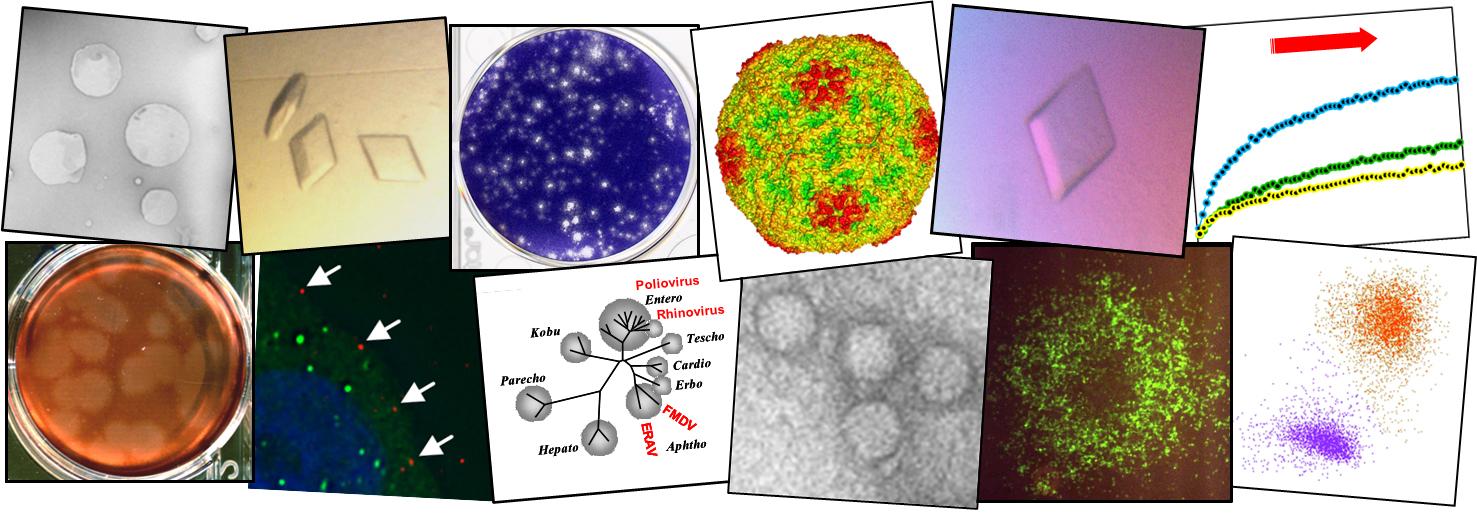Human rhinoviruses (HRVs) are best known for causing the common cold, infecting the cells in the human respiratory system. In addition to the common cold, HRVs have also been implicated in causing bronchitis and viral asthma.
HRVs are transmitted from person to person by direct contact, aerosols from sneezing and coughing, or through contaminated objects (fomites).
HRV infections occur globally, usually in two seasonal peaks; early autumn and a smaller peak in Spring. Many different serotypes may be present at a given time in a particular geographic area or community.
Currently, there is no vaccine for HRV infections. This is mainly due to the large number of serotypes and the fact that immunity to one serotype does not provide protection against others.
Clinical signs
- Coughing
- Fever
- Sore throat
- Nasal congestion
Virology
Rhiniviruses are among the smallest types of virus and there are over 100 recognised serotypes. HRVs belong to the genus Enterovirus of the Picornaviridae family and are categorised into 3 groups; A, B, and C.
Rhinoviruses have no envelope, only a capsid that contains it’s single-stranded RNA genome.
Pirbright's research on rhinoviruses
Work at the Institute focuses on discovering how the human rhinovirus enters cells and which proteins are involved.
These proteins may then present a novel antiviral target which could potentially be used against other viruses within the picornavirus family, such as foot-and-mouth disease and polio.

